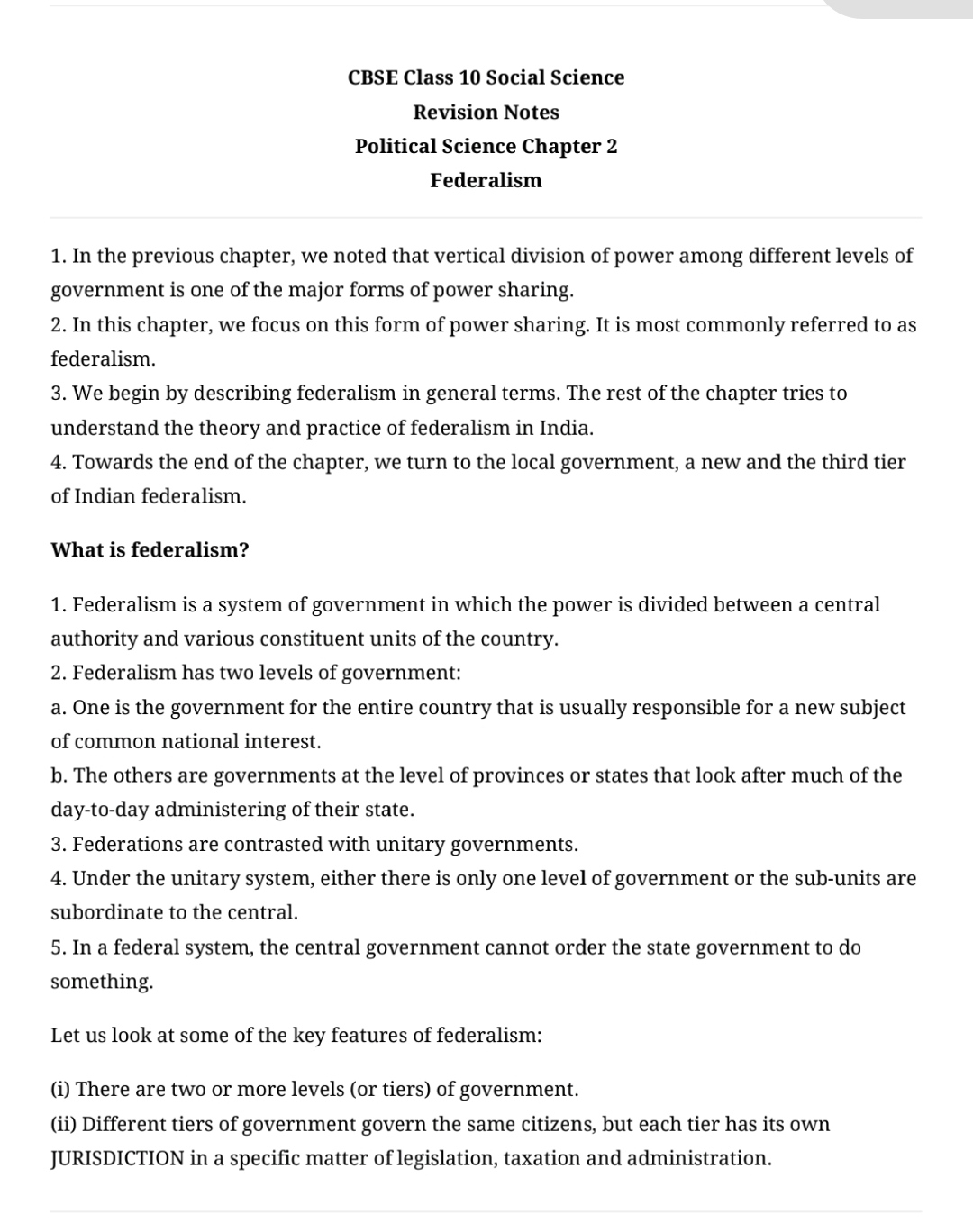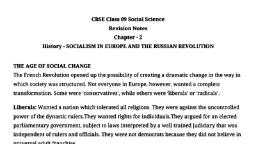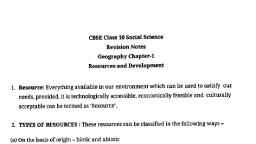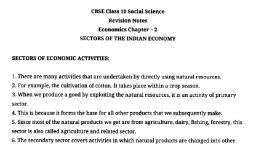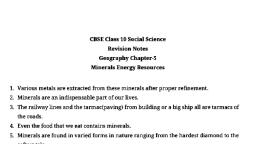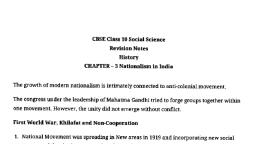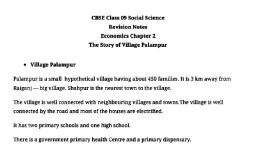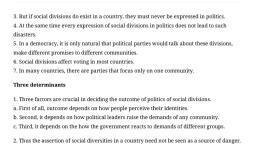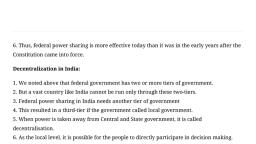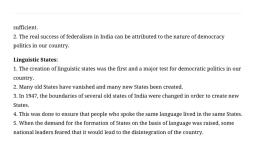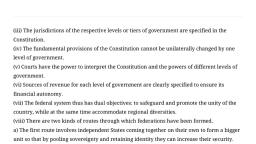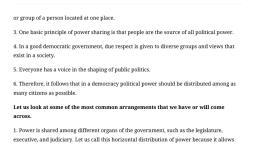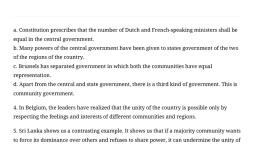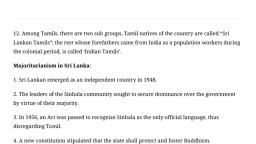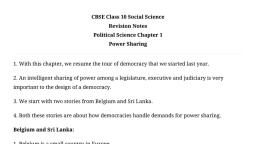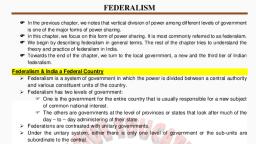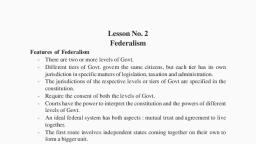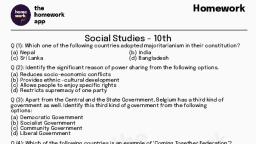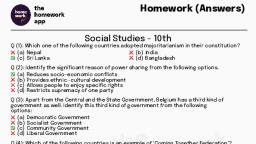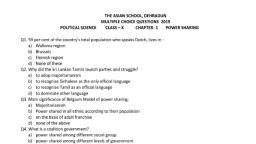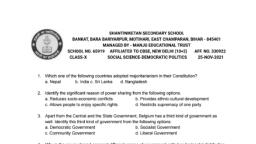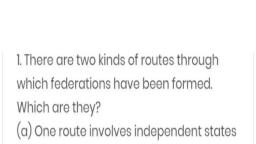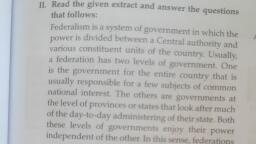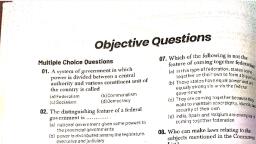Page 1 :
CBSE Class 10 Social Science, Revision Notes, Political Science Chapter 2, Federalism, , 1. In the previous chapter, we noted that vertical division of power among different levels of, government is one of the major forms of power sharing., , 2. In this chapter, we focus on this form of power sharing. It is most commonly referred to as, federalism., , 3. We begin by describing federalism in general terms. The rest of the chapter tries to, understand the theory and practice of federalism in India., , 4. Towards the end of the chapter, we turn to the local government, a new and the third tier, of Indian federalism., , What is federalism?, , 1. Federalism is a system of government in which the power is divided between a central, authority and various constituent units of the country., , 2. Federalism has two levels of government:, , a. One is the government for the entire country that is usually responsible for a new subject, of common national interest., , b. The others are governments at the level of provinces or states that look after much of the, day-to-day administering of their state., , 3. Federations are contrasted with unitary governments., , 4. Under the unitary system, either there is only one level of government or the sub-units are, subordinate to the central., , 5. Ina federal system, the central government cannot order the state government to do, something., , Let us look at some of the key features of federalism:, , (i) There are two or more levels (or tiers) of government., (ii) Different tiers of government govern the same citizens, but each tier has its own, JURISDICTION in a specific matter of legislation, taxation and administration.
